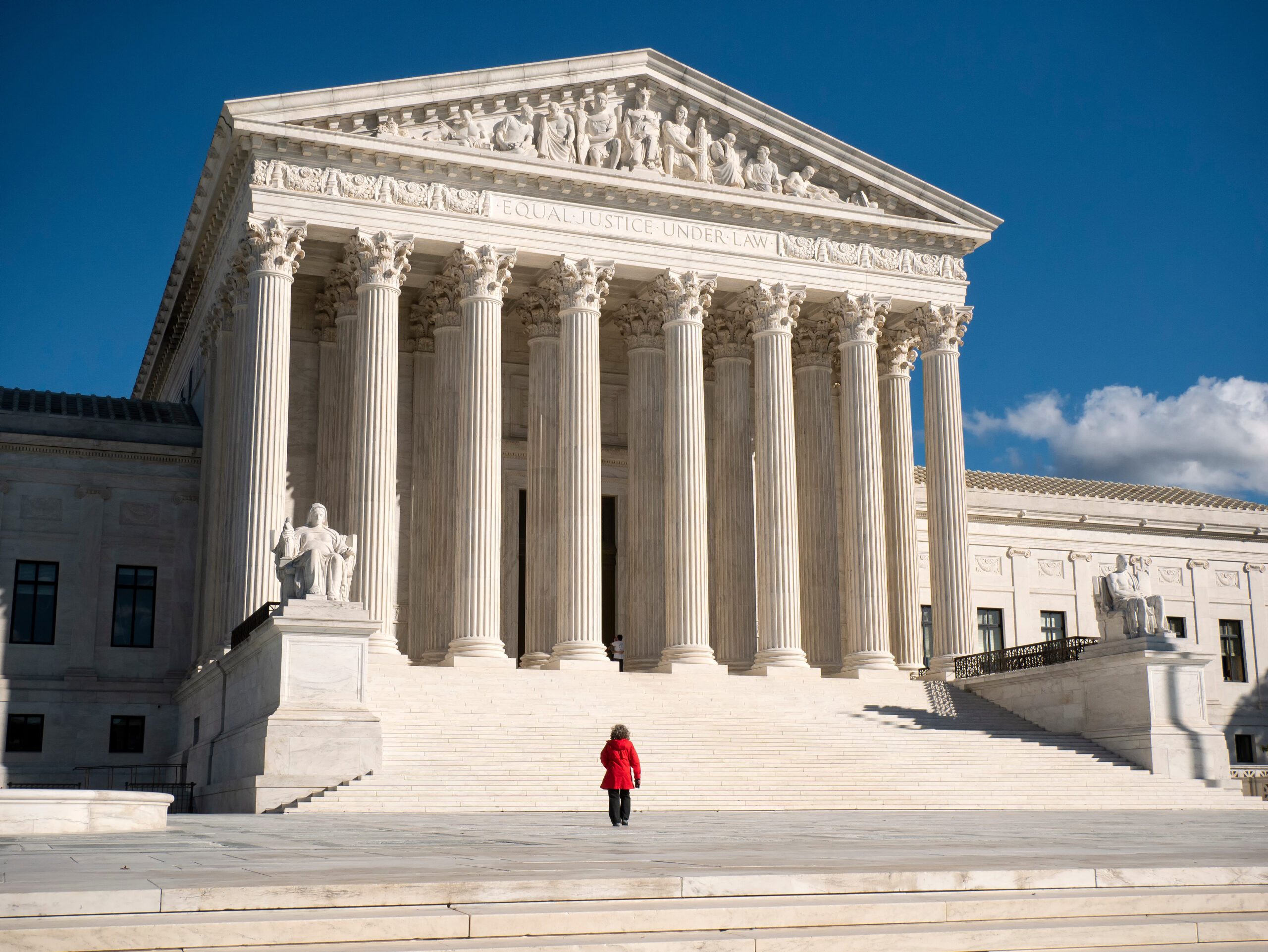In the wake of the U.S. Supreme Court’s landmark decision on June 29, 2023, which struck down affirmative action in college admissions, enrollment marketers face a pivotal and transformative challenge. While the ruling curtails the direct consideration of race in admissions, enrollment marketers can (and should) continue to strive for diversity in their applicant pools. Chief Justice John Roberts, in his majority opinion, delineates a nuanced pathway for institutions, highlighting that while direct consideration of race is restricted, the impact of race on an applicant’s life experiences and character remains a valuable aspect of their application, “At the same time, nothing prohibits universities from considering an applicant’s discussion of how race affected the applicant’s life, so long as that discussion is concretely tied to a quality of character or unique ability that the particular applicant can contribute to the university.” This distinction opens the door for a holistic review of applications where “lived experiences” become a critical component of the admissions narrative.
The mission for enrollment marketers is made even more important by the need to build and cultivate a richly diverse pool of applicants. This endeavor is not merely a compliance requirement but a strategic imperative that enriches the academic environment and prepares students for a globalized society. The dialogue surrounding diversity has, unfortunately, become polarized, yet the core objective remains unequivocal: to foster an educational community that is reflective of a multitude of perspectives, backgrounds, and experiences. Studies, such as those published in the International Journal of Educational Sciences and by McKinsey, underscore the tangible benefits of diversity, from enhanced learning environments to superior financial performance in the corporate sector.
Strategies for Cultivating Diversity in the Applicant Pool
- Engagement with Diverse Communities: Proactive outreach to varied demographic groups through visits to schools and communities, and partnerships with organizations that support underrepresented students, is essential. These efforts should aim to remove barriers to application and provide tailored support that resonates with the unique needs of each community.
- Leveraging Alumni Networks: Alumni are invaluable ambassadors for institutions, particularly those from diverse backgrounds. By encouraging these individuals to share their experiences and advocate for their alma maters within their networks, institutions can broaden their reach and appeal to a wider array of prospective students.
- Demographic Targeting in Marketing: Diverse advertising strategies that speak to a broad spectrum of audiences can enhance visibility and attract a wider pool of applicants. This approach should be complemented by inclusive messaging that reflects the varied experiences and backgrounds of the student body.
- Inclusive Campus Experience: Beyond recruitment, ensuring an inclusive and supportive environment on campus is critical for the retention and success of a diverse student body. This involves not only evaluating and enhancing support systems but also celebrating the diversity of experiences and perspectives that students bring to the campus community.
The post-affirmative action era presents both a challenge and an opportunity for enrollment marketers. The Supreme Court’s decision necessitates a shift in strategy, but the goal of building a diverse and vibrant academic community remains unchanged. By embracing innovative approaches to recruitment and fostering an inclusive campus culture, institutions can continue to attract and nurture a richly diverse student body that is reflective of the world at large. The role of enrollment marketers is thus more critical than ever, demanding creativity, empathy, and a steadfast commitment to the values of diversity and inclusion.
